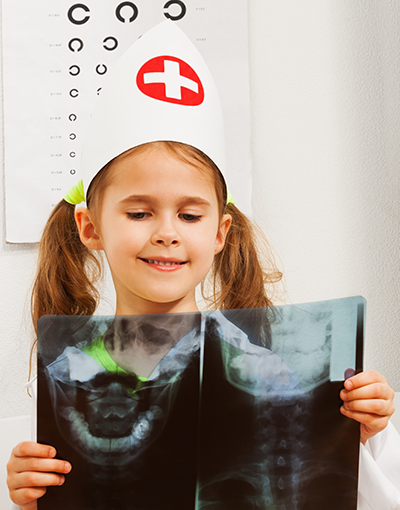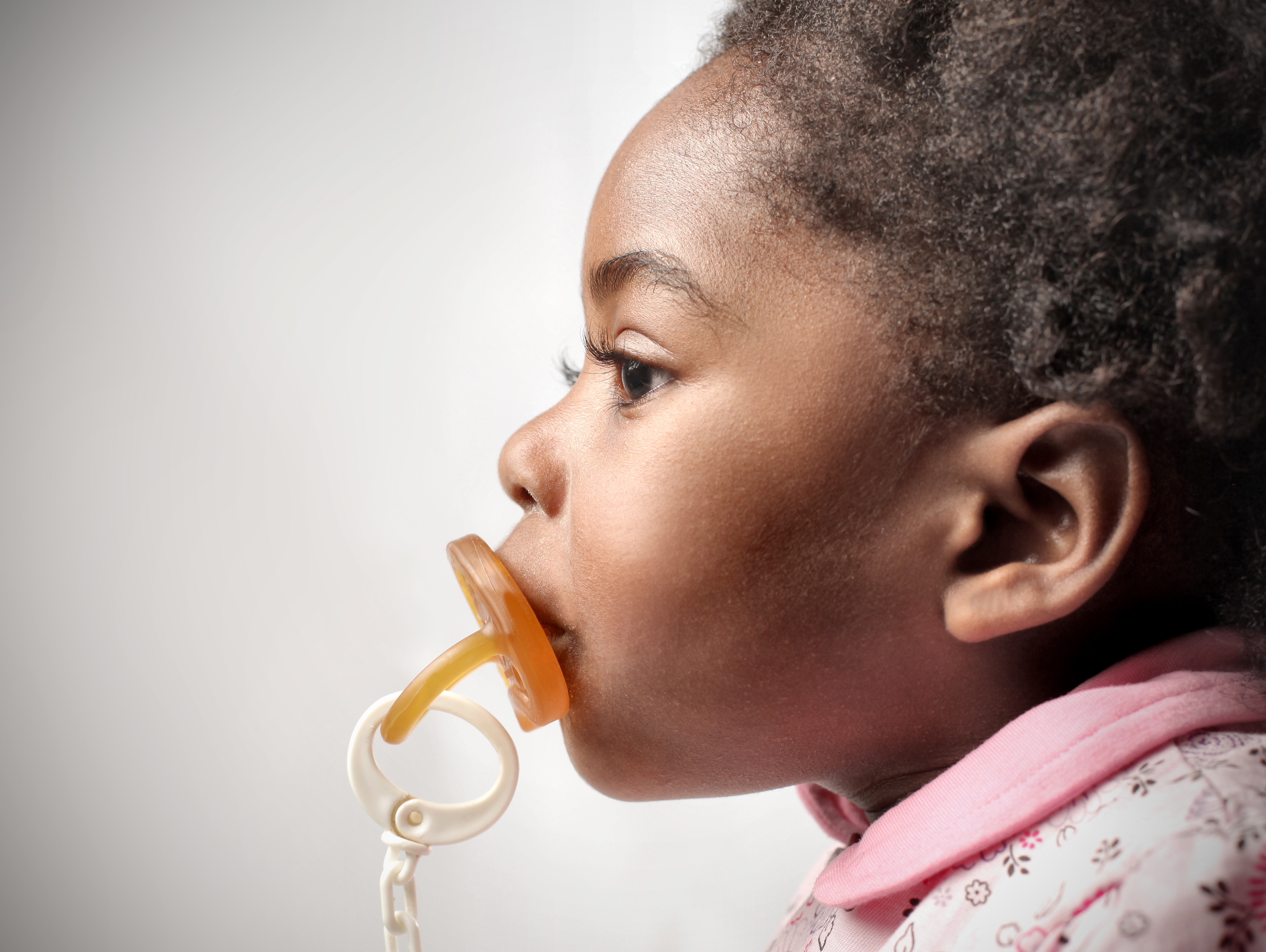
At Ashby Park Pediatric Dentistry, our goal is to keep your child’s smile happy and healthy and help protect it from decay down the road. Dental x-rays are a resource for detecting cavities, evaluate erupting teeth, survey results of an injury, look for signs of bone disease, or help plan orthodontic treatment.
What are Dental X-Rays?
Dental x-rays are a great tool for diagnosing and treating dental conditions or issues that may not be found during a regular cleaning or exam. There are several different types of x-rays that serve different purposes for diagnosing potential dental issues and surveying growing teeth. Dental x-ray machines create 2D or 3D images of your child’s mouth so your dentist can take a closer look. X-rays are another step in preventative care and protecting your child’s smile for life.
Why Do Children Need Dental X-Rays?
A child’s mouth grows and changes quickly, so it’s important to monitor the growth and development of their jaw, teeth, and mouth. Additionally, children’s teeth get cavities more often than adult teeth, so dental x-rays allow us to stay abreast of any potential issues. Our practice follows the guidelines of the American Academy of Pediatric Dentistry which recommends dental x-rays every 6 months to 1 year for those with a higher risk of caries. Those with a lower risk may be prescribed x-rays less frequently. The x-ray frequency prescribed for your child will be based on their individual dental health needs determined by their pediatric dentist.
How Safe are Dental X-Rays for Kids?
Your child’s safety is our main concern! Our dentists only prescribed x-rays as needed and work carefully to minimize radiation exposure during an x-ray. We take every precaution to eliminate exposure through safeguards such as lead aprons, high-speed film, digital x-rays, and thyroid collars. Through these protective measures, the amount of radiation received through x-rays is extremely low. Leaving dental problems untreated or undetected presents a far greater health risk than dental x-rays.
Should I Be Worried About Radiation Exposure?
When your child comes in for x-rays, our dentists will take many precautions to lower the risk of radiation exposure. The risk of being exposed to radiation is much lower than the risk of leaving dental issues untreated. Our dentists will only recommend x-rays when they are needed to avoid unnecessary exposure to radiation. Thanks to lead aprons, thyroid collars, and advanced x-ray technology, your child’s x-rays will be quick, safe, and help continue the journey toward a lifetime of healthy smiles.
When Should Children Get X-Rays?
Based on your child’s individual health needs, our dentists will evaluate the frequency necessary to monitor their oral health. These x-rays will only take place every 6 months to 1 year, depending on your child’s dental health and caries risk. Our dentists will determine the frequency of x-rays based on your child’s age, their dental history, caries risk, and their need for orthodontic treatment.
Different Types of Dental X-Rays
There are a few different types of x-rays, each of which serve a different purpose for detecting and treating any potential dental issues. Based on your child’s dental needs, our dentists may utilize one of these types of x-rays to help keep your child’s smile happy and healthy!
- Bitewing x-rays: Bitewing x-rays are used by dentists to examine the exposed tooth, root, and bone beneath the surface in a specific area of your mouth. These x-rays are used to identify tooth decay, especially in between teeth. To get this image, your dentist will have you bite down on a piece of film placed between your teeth and will only take a couple minutes to complete.
- Panoramic x-rays: Panoramic x-rays are like panoramic photos of your mouth! Most commonly used to determine orthodontic needs, panoramic x-rays give dentists a look at the placement and development of your child’s teeth, as well as those that have not yet erupted. To take a panoramic x-ray, the patient will bite down on a bite blocker as a rotating arm circles around to take the full panoramic image.
- Occlusal x-rays: An occlusal x-ray allows dentists to take a closer look at the entire arch of your child’s upper or lower teeth. Taken similarly to a bitewing x-ray, the occlusal x-ray gives another view of the growth and development of your child’s teeth.
- Periapical x-rays: Periapical x-rays take a full snapshot of one tooth from the chewing surface through the root. Dentists utilize periapical x-rays to diagnose any unusual issues going on with the tooth, root, or surrounding bone. Periapical x-rays provide our dentists a closeup of a potential problem that may not be detected during a routine exam.
Contact Us to Schedule an X-Ray
For questions about dental x-rays or to schedule an appointment, call one of our conveniently located pediatric dental offices in Greenville, Anderson or Easley, SC. We’re here for you!




 Find Us
Find Us